Starting at ¥3699! REDMI K80 Pro Experience: A Versatile Flagship?
![]() 11/28 2024
11/28 2024
![]() 563
563
When it comes to the most cost-effective flagship phones of last year, the REDMI K70 series is definitely one of them.
Priced at ¥3299, you could get the then-newly-released flagship Snapdragon 8 Gen3 chip, a high-quality main camera, an excellent build quality, and a 5000mAh battery with 120W fast charging. At the time, it was unbeatable in terms of cost-effectiveness.
However, as the saying goes, 'you can't have your cake and eat it too.' Despite its high cost-effectiveness and performance, the REDMI K70 series fell short in system experience, telephoto photography, and wireless charging, leaving some consumers feeling disappointed.
Don't believe me? Just check out the number of complaints in the K70 Pro section on Coolapk, and you'll see what I mean.
With the launch of the Snapdragon 8 Elite, exactly one year after the release of the REDMI K70 series, Wang Teng finally unveiled the upgraded K80 series today.
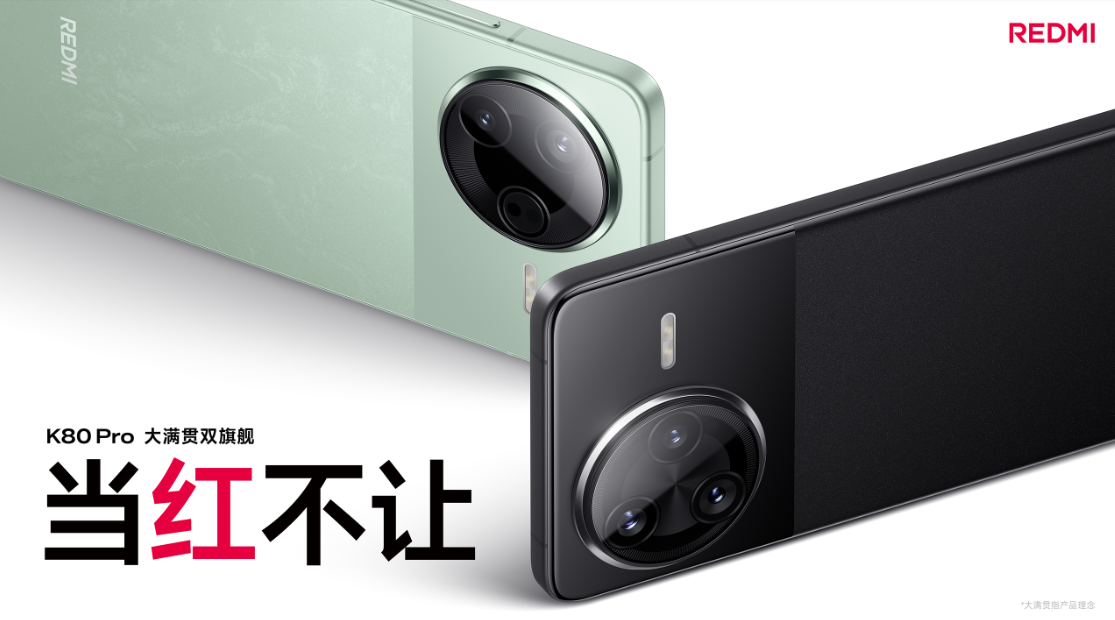
(Image source: REDMI)
This product comes equipped with the new HyperOS 2.0 out of the box, so the system experience has been significantly enhanced. The question is, what improvements has REDMI made in terms of hardware configuration? And how does this product fare in daily use? Let's delve into it.
Updated Design, Same Philosophy
If Xiaomi is sticking to a consistent family design from top to bottom, with only minor tweaks and no real innovation, then the REDMI K series is the complete opposite. Starting with the K20 series, almost every generation of REDMI K series flagships has adopted a completely different design philosophy. Some are sleek and minimalistic, while others are intricate and layered, featuring various shapes and layering techniques. It wouldn't be an exaggeration to call the design options abundant.
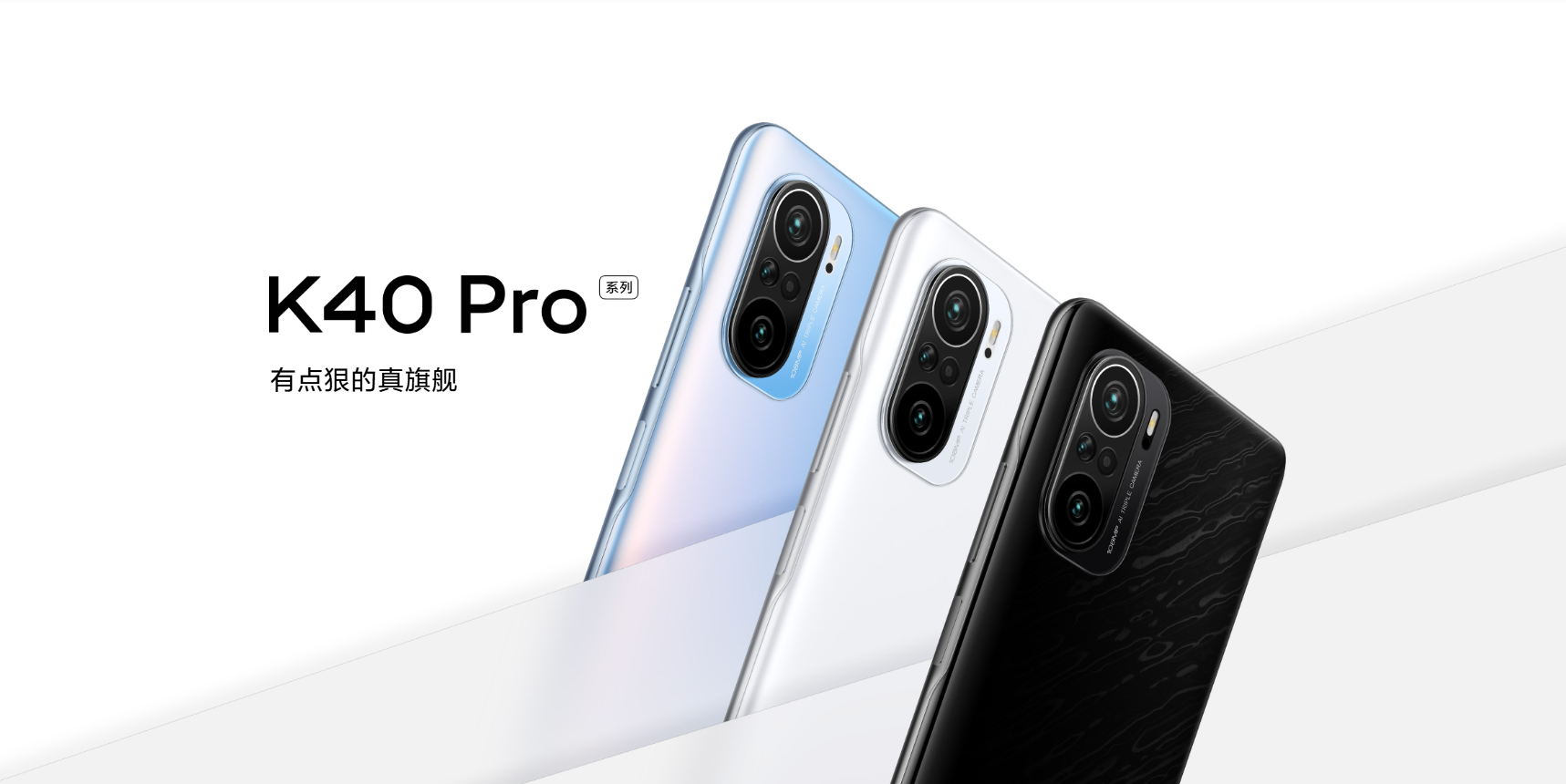
(Image source: REDMI)
While beauty is in the eye of the beholder, there's no denying that the REDMI K series stands out in the smartphone market in recent years.
Who would have thought that with the K80 series, REDMI would abandon its previous innovative design approach and opt for a familiar left-top circular design? The layered back cover and rounded module combine to give the product a subtle, gentle feel, even the right-angle frame feels less harsh.
The overall design remains familiar to REDMI fans but with an added elegance.
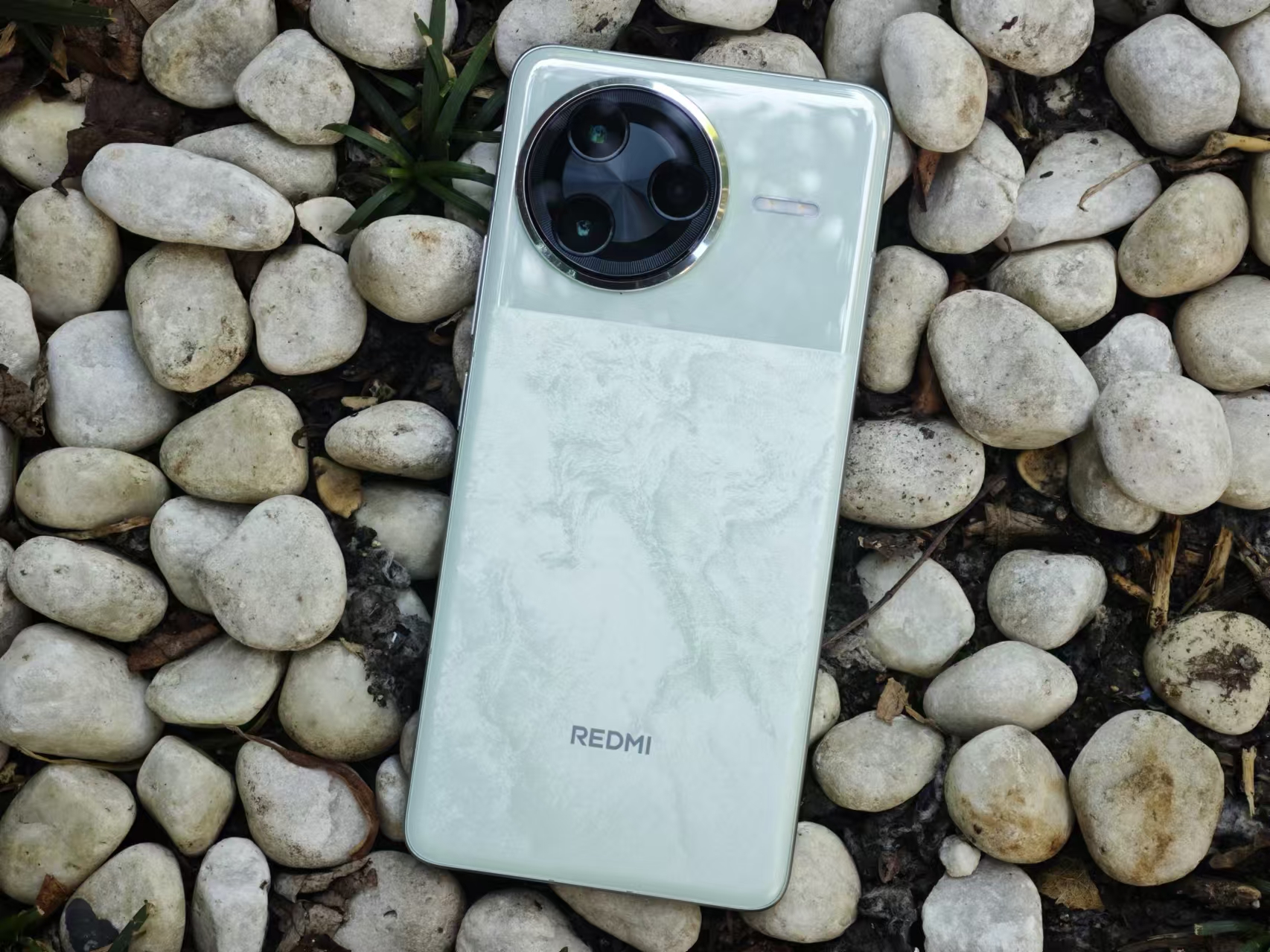
(Image source: Lei Technology)
If you compare it to the Xiaomi Civi4 Pro, you'll find that the new design of the K80 series, in a sense, aligns with the flagship aesthetic. The design, with the flash outside the camera module, might seem a bit Sudden and abrupt , lacking the purity of the original.
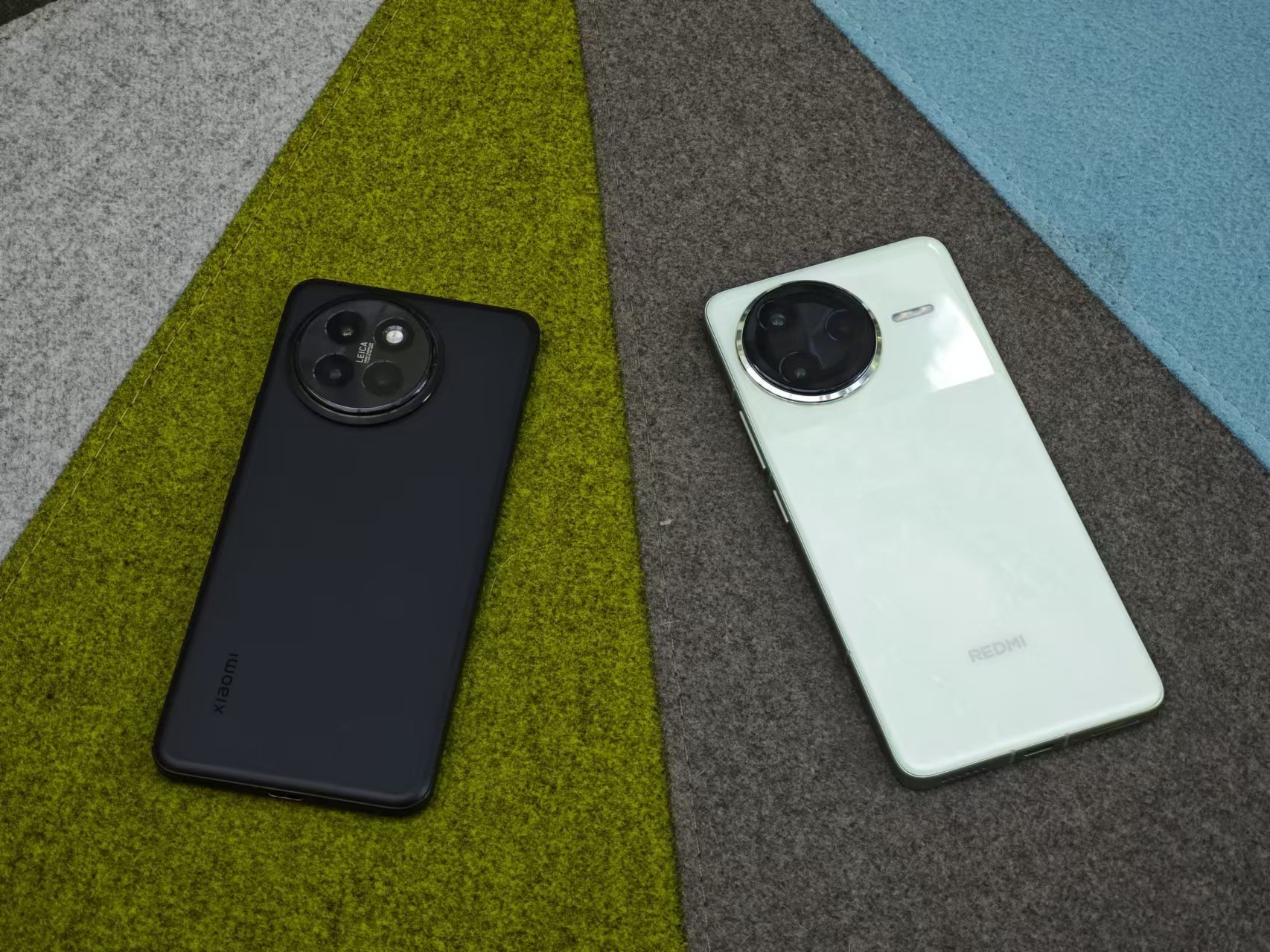
(Image source: Lei Technology)
This time, the K80 Pro also features new details on the back cover, with a new large-area glossy and matte integration process that perfectly blends glossy and matte finishes on a single backplate. The upper half has a jade-like texture, while the lower half has a basalt-like matte finish, which is slip-resistant and fingerprint-resistant.
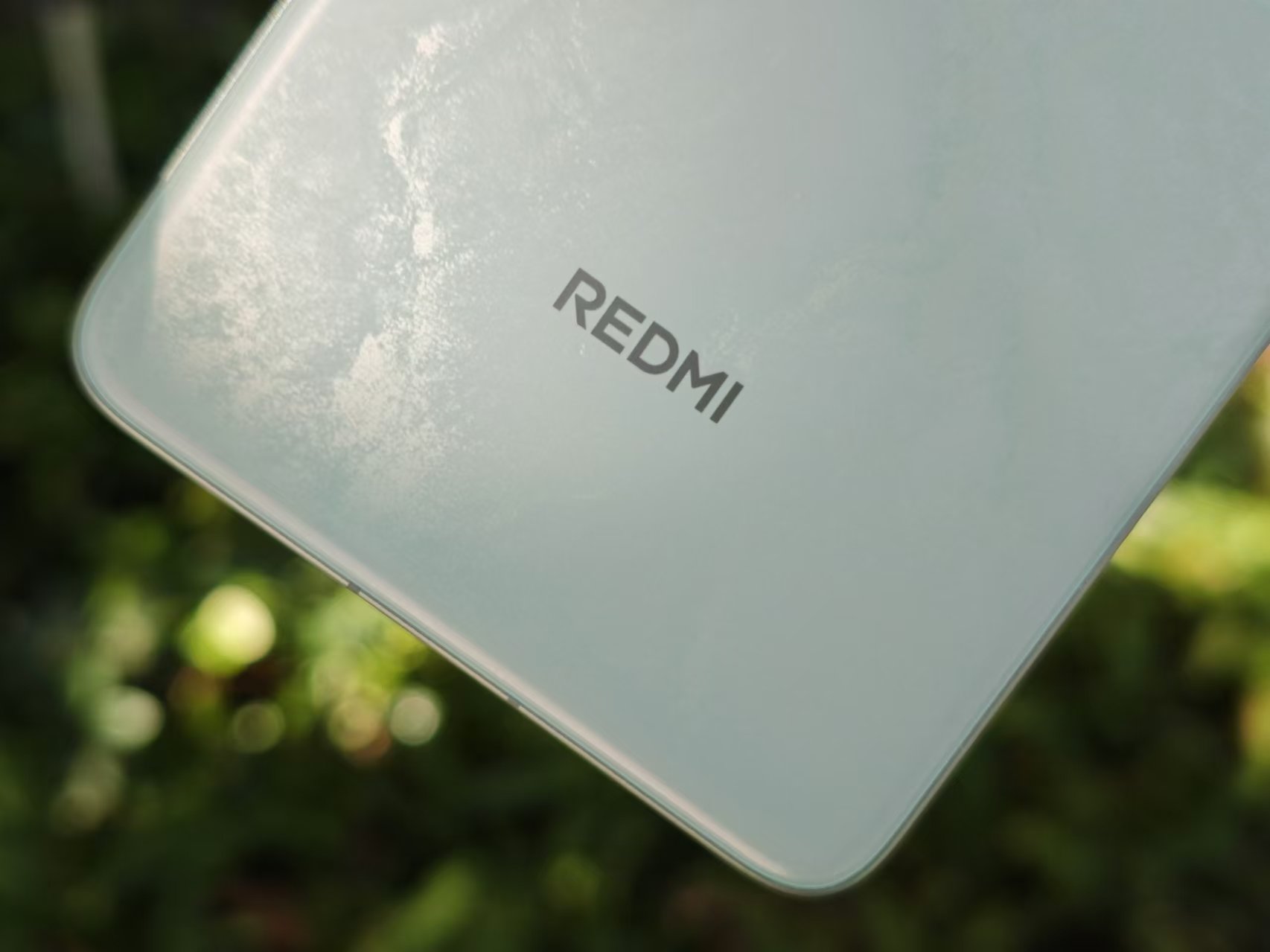
(Image source: Lei Technology)
The back cover has a curved design that fits comfortably in the hand, and the matte metal frame also has rounded corners. The refined camera module, rounded body lines, and centered punch-hole display make for a very comfortable grip. At 8.39mm thick and 212g, it's definitely one of the best in its class.
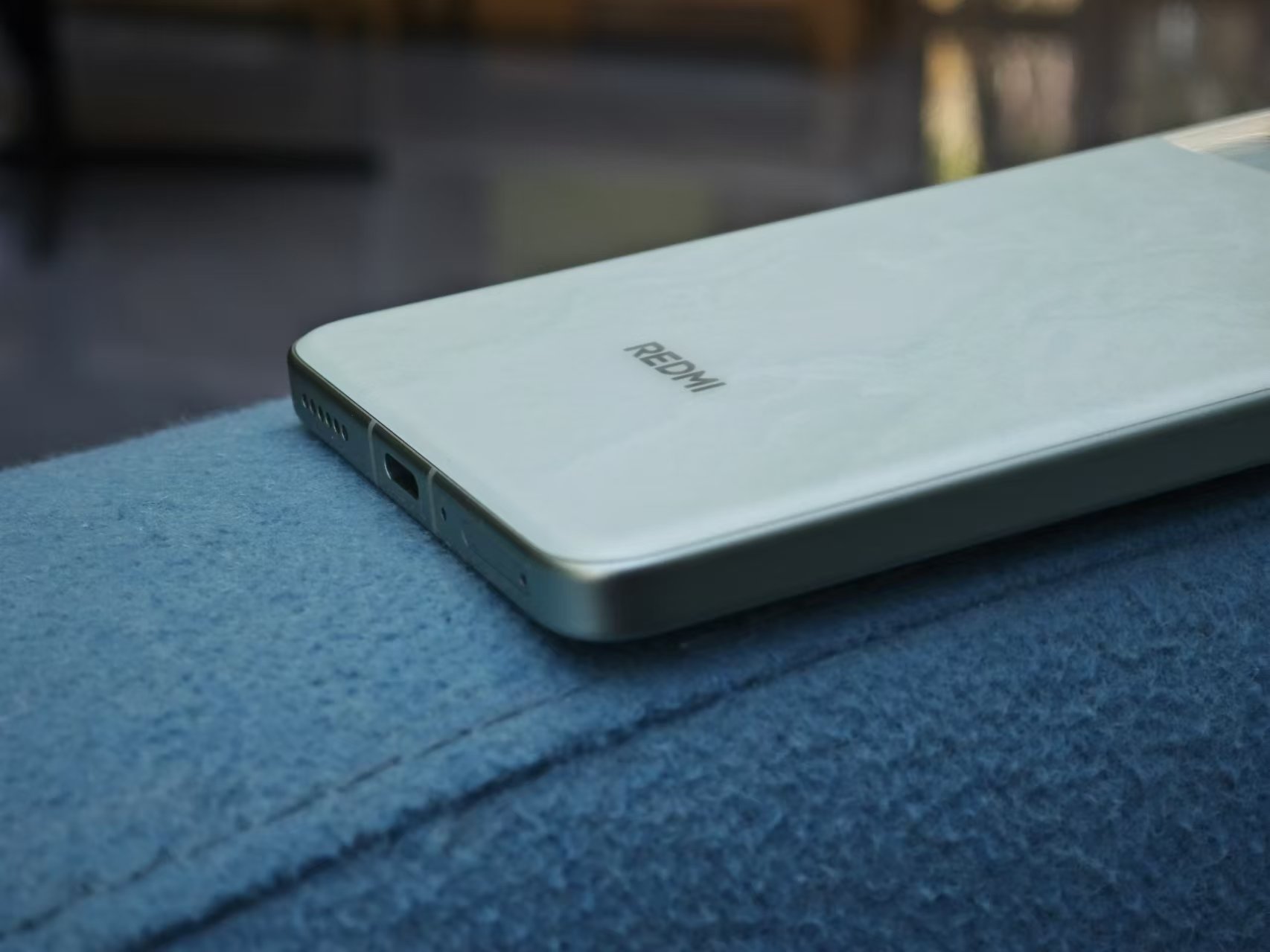
(Image source: Lei Technology)
Both the K80 and K80 Pro feature a 6.67-inch 3200x1400 2K 120Hz display with circularly polarized light, 12-bit color depth, and 100% DCI-P3 wide color gamut. They also use the same ultra-narrow bezel design as Xiaomi phones, with FIAA technology, making the narrow bezel effect even more pronounced.
The display is made of custom CSOT M9 material, featuring the same dual-microcavity structure as the Xiaomi 15 Pro, which further reduces power consumption. In manual mode, the brightness can reach up to 750 nits, with a peak brightness of 3200 nits.
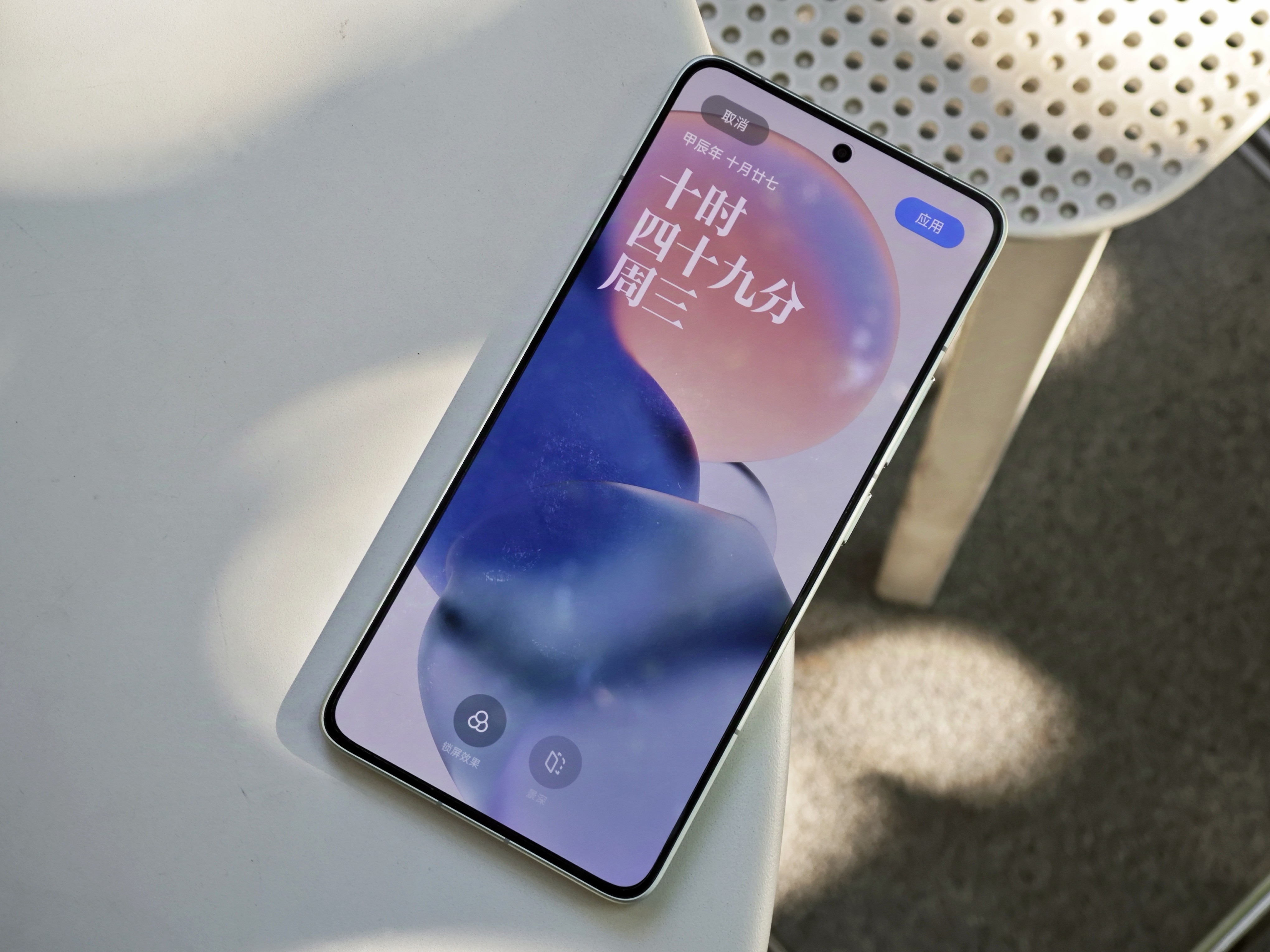
(Image source: Lei Technology)
While the body design has been updated, the protective case provided with the K80 series remains a high-quality gray matte case, rather than the clear cases often seen with flagship phones. The gray color avoids yellowing over time, and the matte, non-slip surface feels comfortable to hold. Overall, it's much better than a clear case.
As for unlocking, REDMI has opted for 'Ultrasonic Fingerprint Unlock,' which is more convenient for regular flagship phones. The unlock speed is much faster, and it works just as well with wet hands.
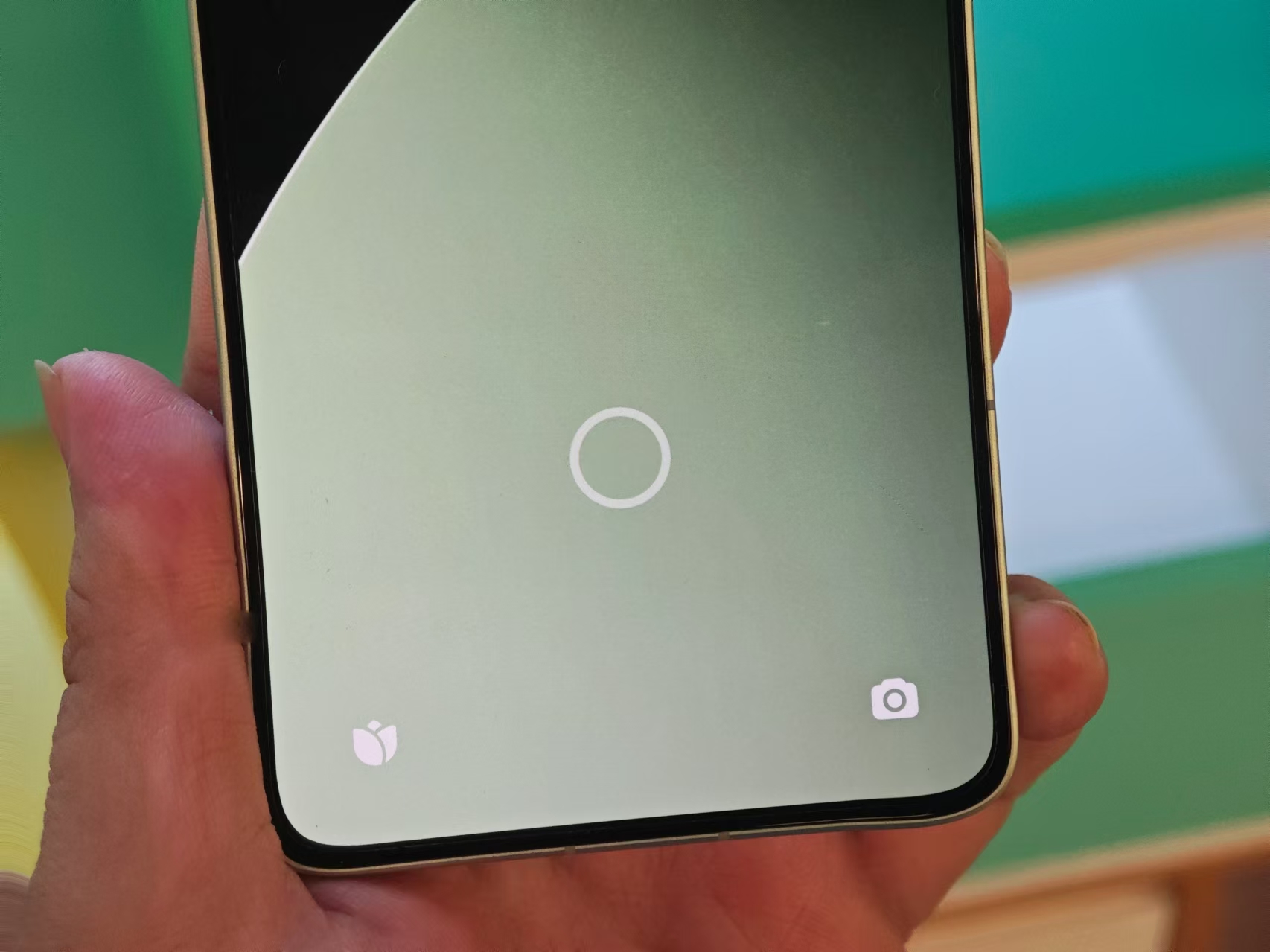
(Image source: Lei Technology)
When it comes to screen protectors, you'll need to find a suitable one as this phone requires special attention in this area.
Stronger Performance, Faster Charging
Performance is REDMI K series' strong suit, and the K80 Pro is no exception.
Our unit is equipped with the latest Snapdragon 8 Elite mobile platform, paired with up to 16GB of 8533Mbps LPDDR5X RAM and up to 1TB of UFS 4.0 storage. The cooling system uses a 5400mm² dual-loop 3D concave-convex ice cycle cold pump, putting it at the forefront of 2024's flagship phones.
In terms of benchmark scores, the K80 Pro scored 2.98 million on AnTuTu at room temperature, naturally outperforming some other flagships with the same chip.
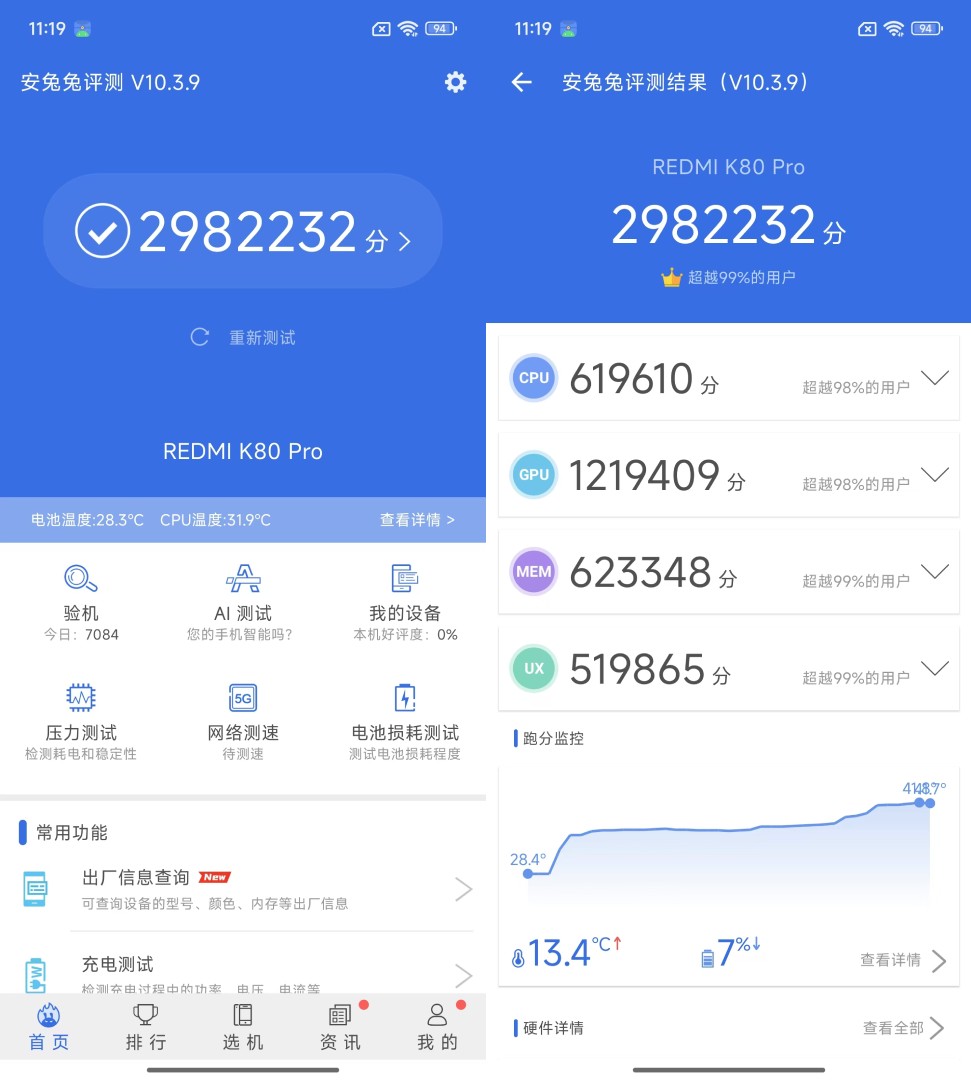
(Image source: Lei Technology)
Moreover, the K80 Pro is equipped with the flagship independent display chip D1 and the upgraded Turbo Engine 4.0 technology with AI assistance, which fully utilizes various performance modules to achieve lower power consumption, stable frame rates, and enhanced image quality. The biggest upgrade here is that the K80 Pro now supports simultaneous 'Super Frame Rate' and 'Super Resolution' modes for all games.
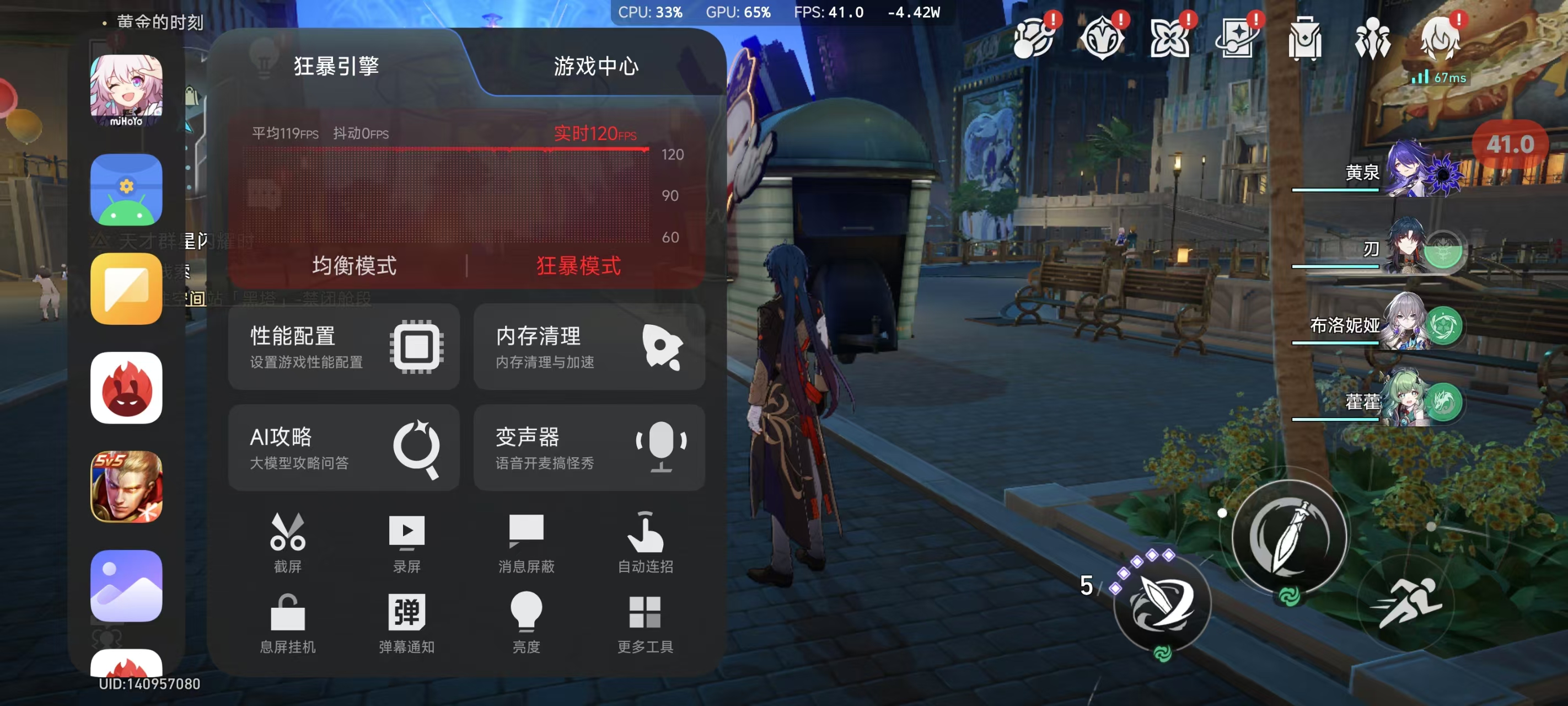
(Image source: Lei Technology, Turbo Engine 4.0 Console)
In our tests, with the default settings, the K80 Pro rendered 'Genshin Impact' at 864P resolution, achieving an average frame rate of 59.96 FPS over 15 minutes with a power consumption of about 4.5W. The two Oryon L cores occasionally reached 1.6GHz, but the eight cores generally hovered between 1.0GHz and 1.4GHz.
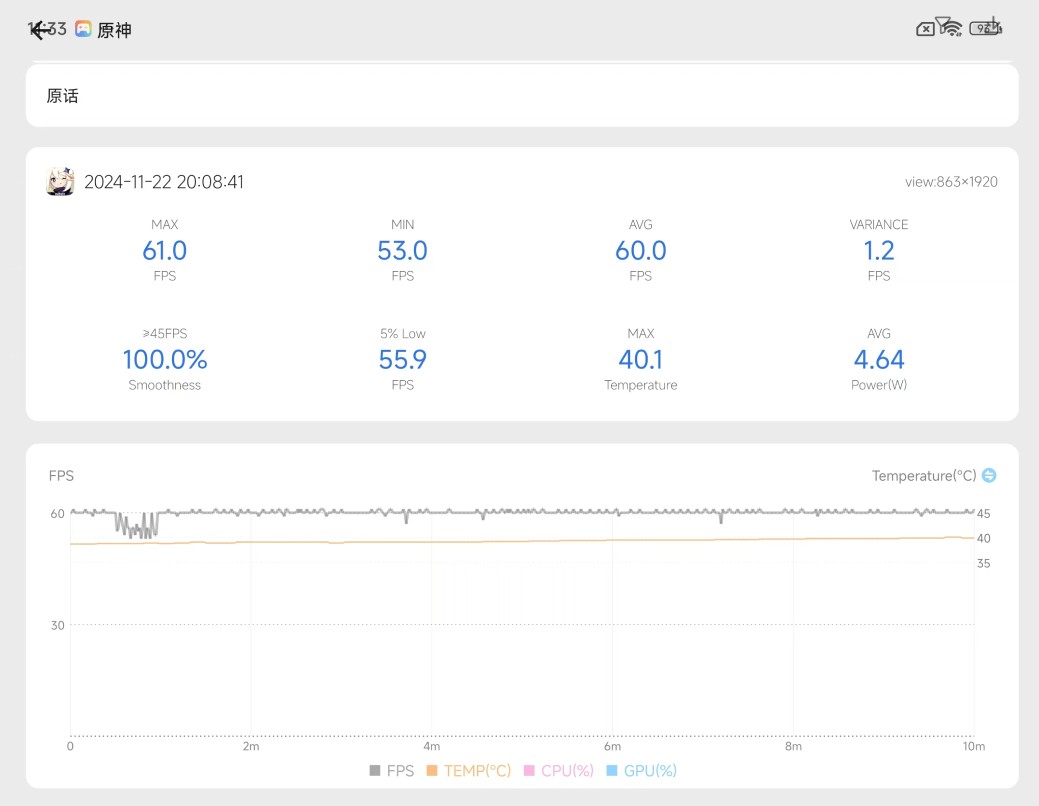
(Image source: Lei Technology)
When set to 2K resolution, the image was significantly clearer, with sharper edges, character outlines, and textures. The texture and shadow effects on the map were also more detailed. At this setting, the average frame rate was 59.96 FPS with a power consumption of about 3.77W.
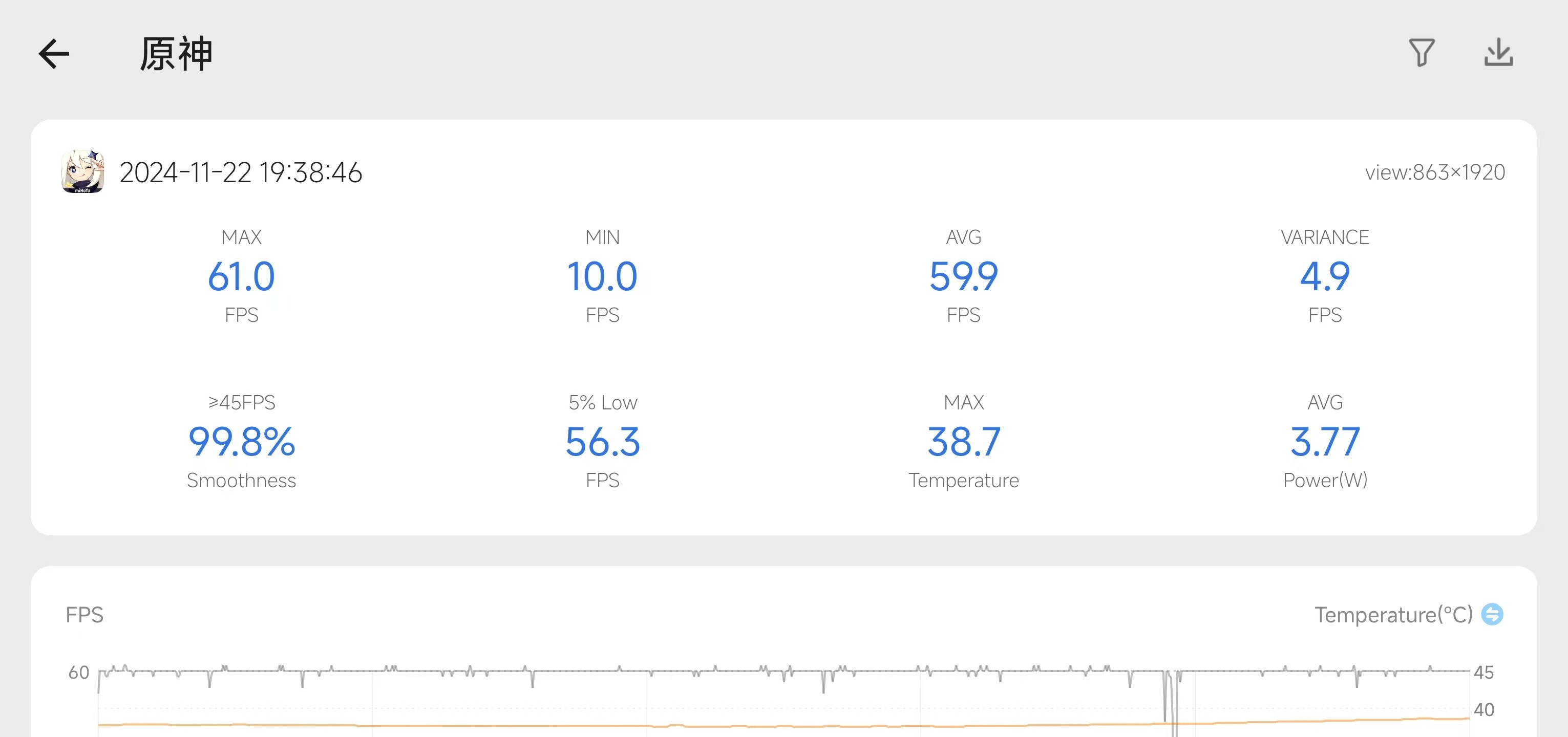
(Image source: Lei Technology)
With both 'Super Frame Rate' and 'Super Resolution' enabled, the K80 Pro interpolated the original 40 FPS to 120 FPS, which inevitably increased input latency. However, I found the experience to be satisfactory in games like 'Genshin Impact.' The average frame rate reached 122.25 FPS (40.75*3), with a power consumption of about 4.26W.
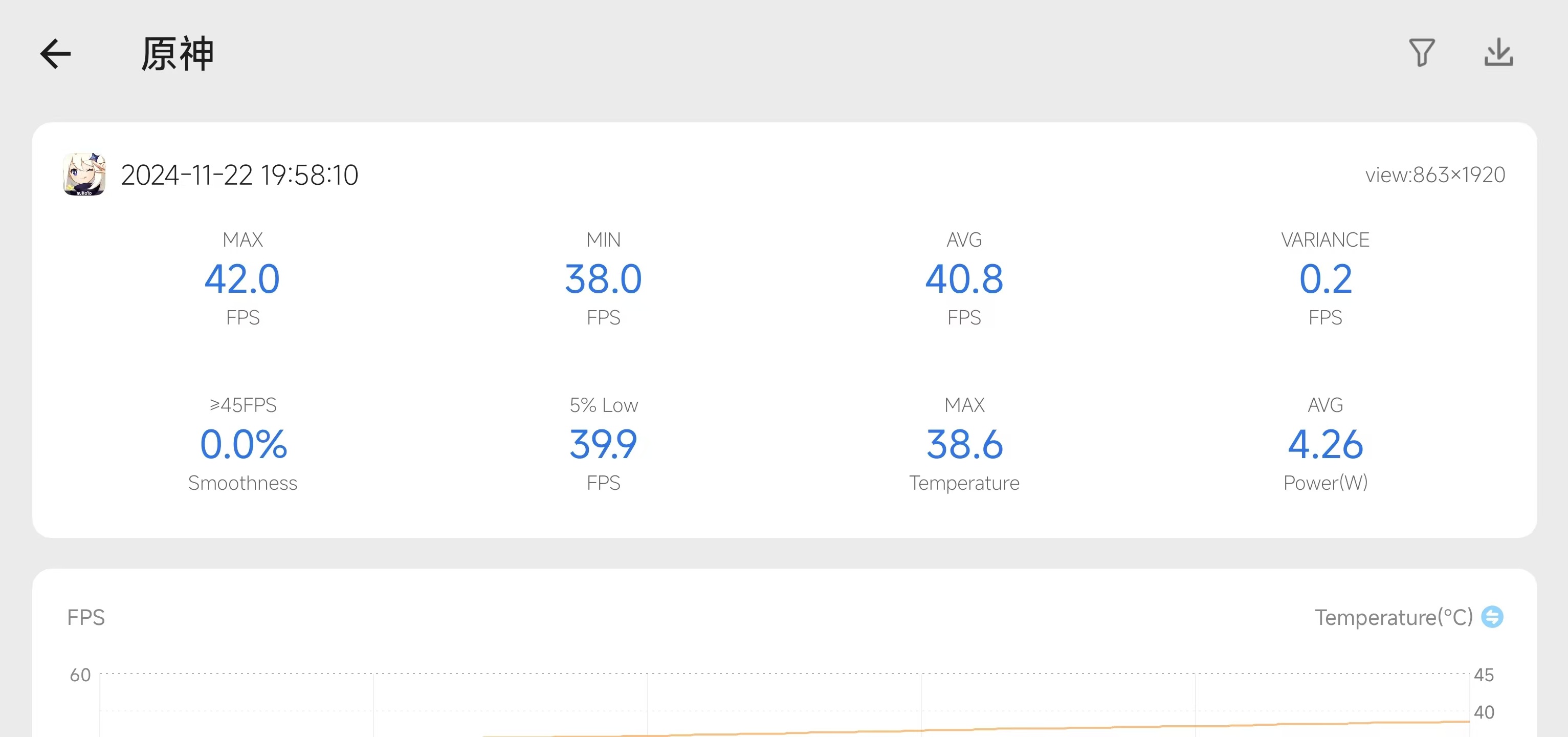
(Image source: Lei Technology)
For 'Honkai: Star Rail,' the K80 Pro could already render at 2K resolution by default. Over 15 minutes of gameplay, the average frame rate was 59.65 FPS with a power consumption of about 5.45W. The two Oryon L cores occasionally reached 2.6GHz, but the eight cores generally hovered between 1.6GHz and 2.2GHz, with all cores participating in the rendering process.
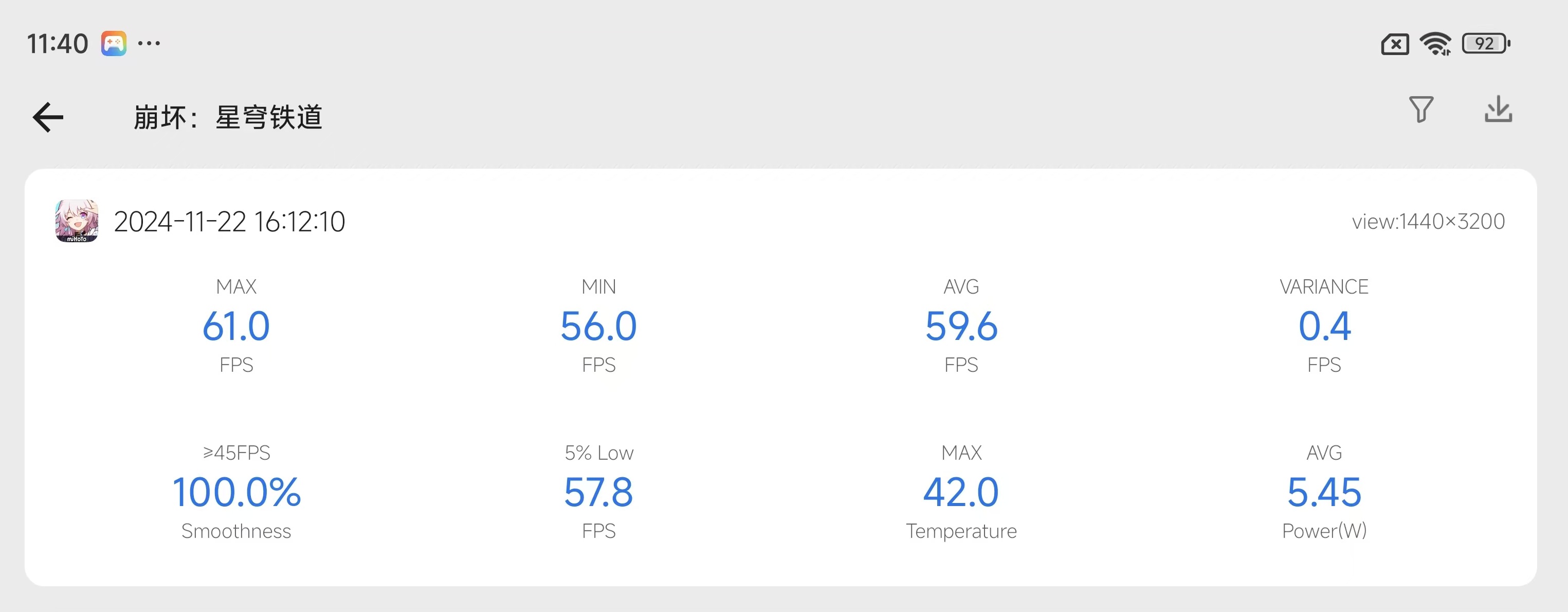
(Image source: Lei Technology)
With 'Super Resolution' enabled, the actual rendering resolution decreased, but the post-processed image quality remained excellent. The average frame rate was 59.69 FPS with a power consumption of about 4.86W, providing a consistent gaming experience with lower power consumption and heat generation.
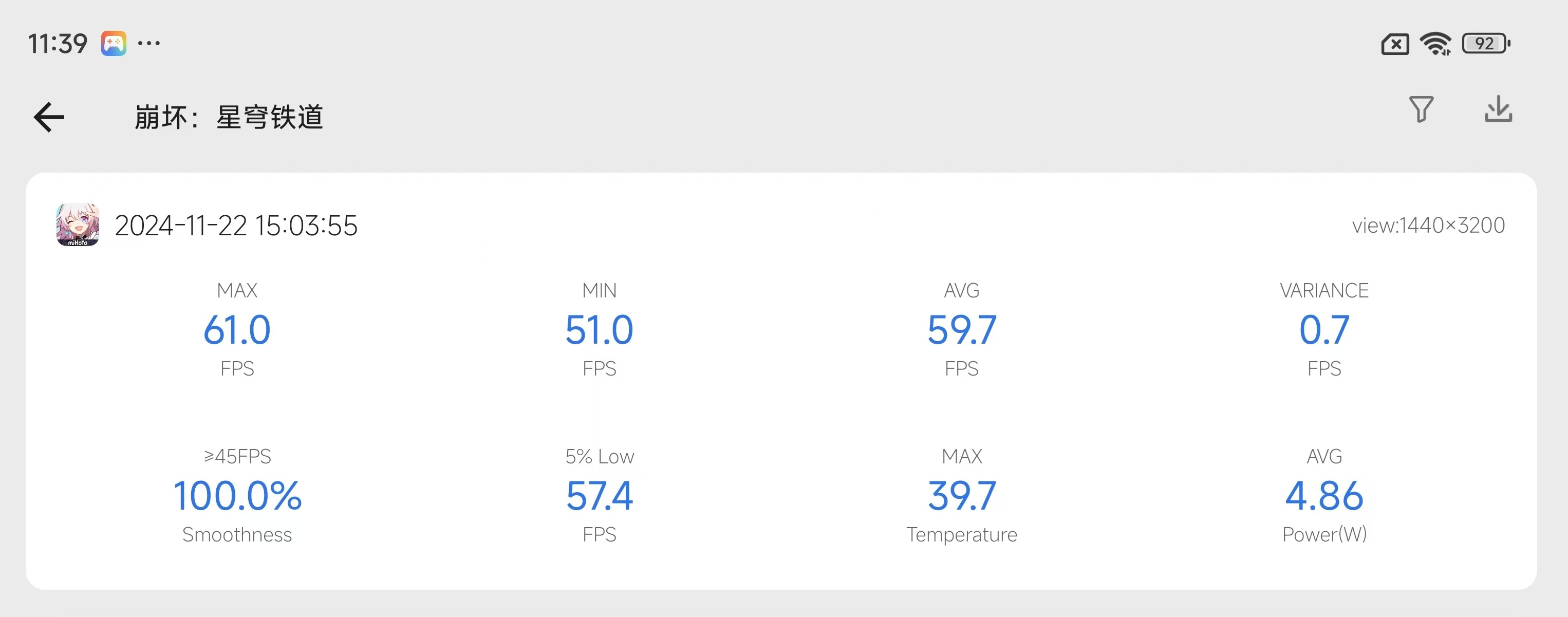
(Image source: Lei Technology)
For lighter mobile games, we also conducted some tests. 'League of Legends: Wild Rift' ran at an average of 119.95 FPS in native 120Hz mode with a power consumption of about 4W. 'Honor of Kings' ran at an average of 120.04 FPS in native 120Hz ultra-high mode with a power consumption of about 4W, both running smoothly.
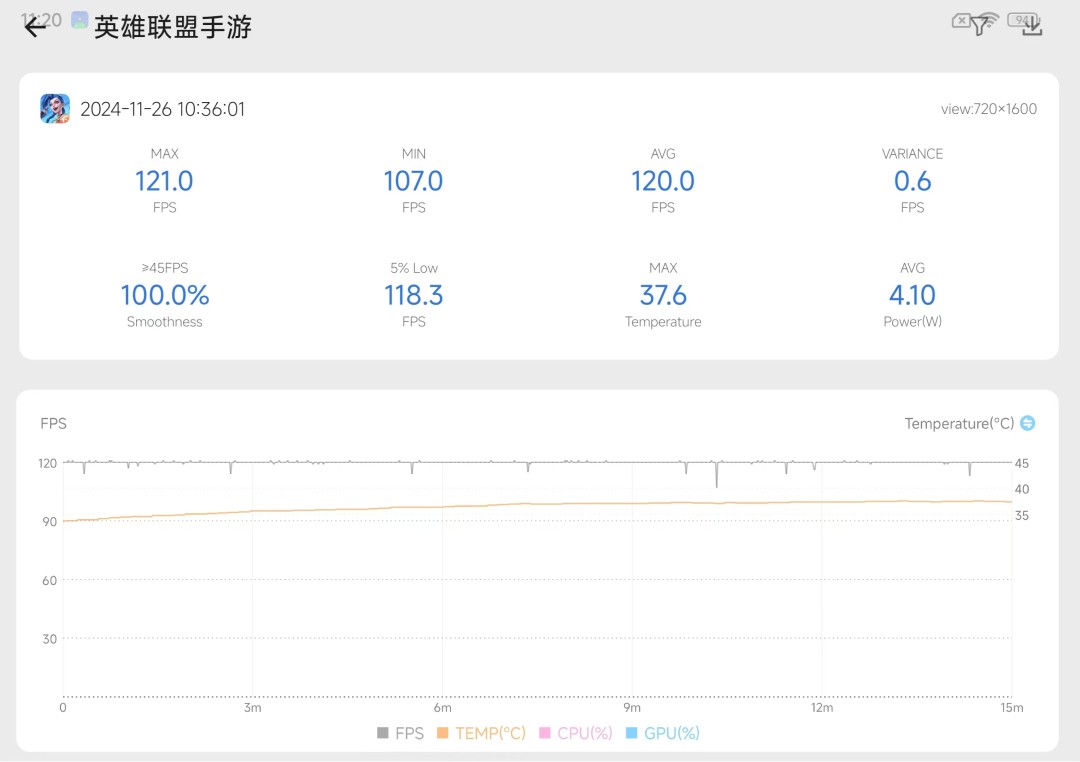
(Image source: Lei Technology)
In terms of battery, the K80 Pro is equipped with a 6000mAh battery, supporting 120W wired fast charging and 50W wireless fast charging. It also comes with the company's fast-charging chip P1 and power management chip G1, promising to maintain over 80% battery health after four years of use.
In our tests, it took 37 minutes to fully charge from 1%. While this might not seem fast, considering daily use scenarios, it can charge over half in about 10 minutes, and the 50W wireless fast charging is very convenient for users with fragmented charging needs.
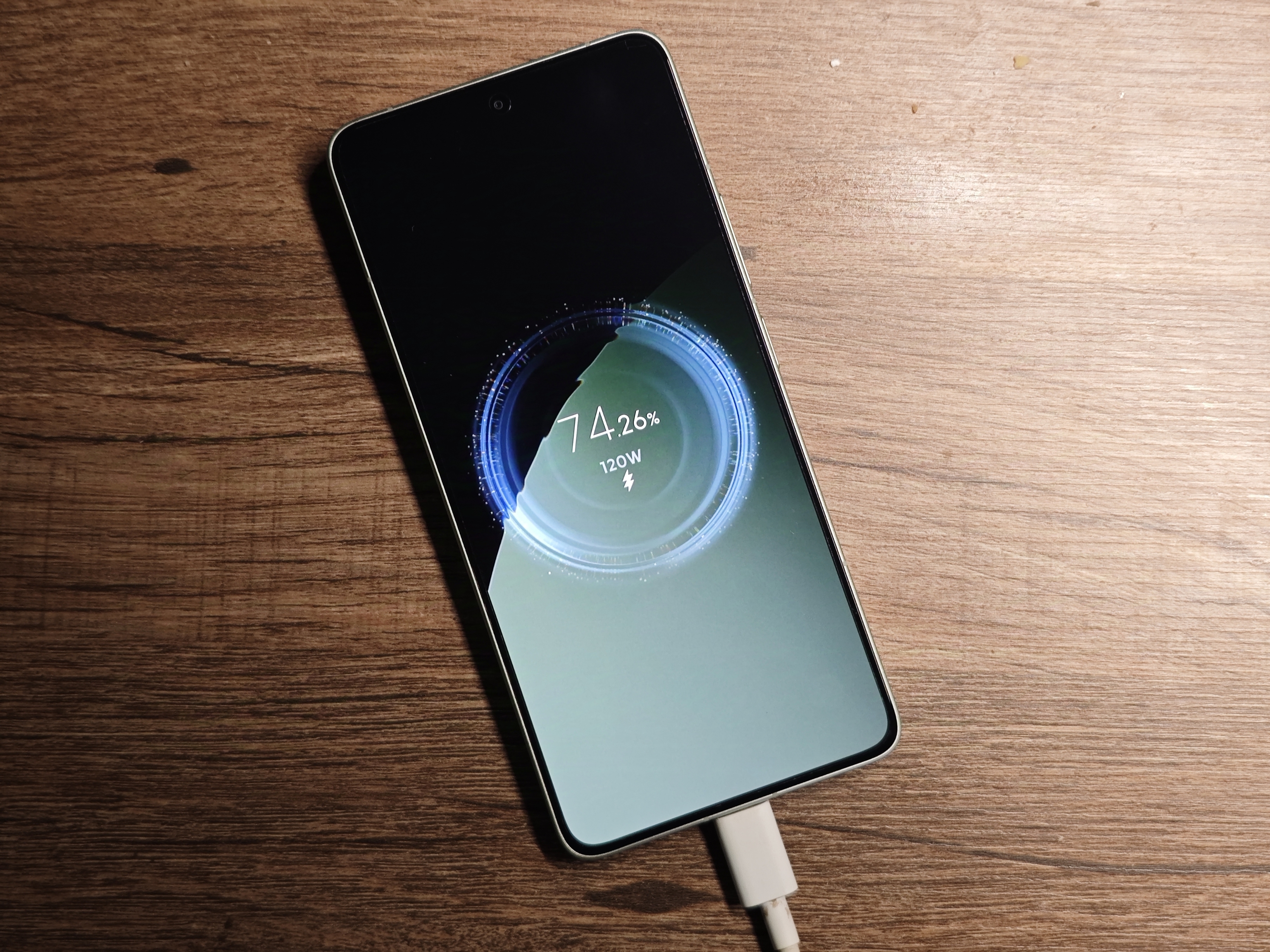
(Image source: Lei Technology)
For battery life, our tests focused on high-quality gaming experiences. Most of the time, the phone was running apps like 'Genshin Impact,' 'Honkai: Star Rail,' 'Honor of Kings,' and 'League of Legends: Wild Rift,' with performance mode enabled at all times. Occasionally, we browsed Bilibili and Sina Weibo with the mobile 5G network enabled and the SIM card inserted.
Under these conditions, the phone lasted a little over 1.5 days, requiring a recharge before the end of the workday. If the battery mode is changed to regular and more apps are used for information and social media, with 'Super Resolution' mode enabled for gaming, it can last even longer.
In my opinion, this is perhaps the most balanced battery life combination of the year.
Minor Camera Upgrade, Enhanced Imaging Capabilities
In terms of cameras, the K80 Pro maintains the standard triple-camera setup of 'ultra-wide-angle + wide-angle main camera + telephoto lens.'
The same 800MP main camera sensor as the previous generation is used. However, the K80 Pro now features a floating telephoto lens, the same as the Xiaomi 15, with a 50MP JN5 sensor, ƒ/2.0 aperture, and OIS optical image stabilization, providing 2.5X optical zoom and 5X lossless zoom.
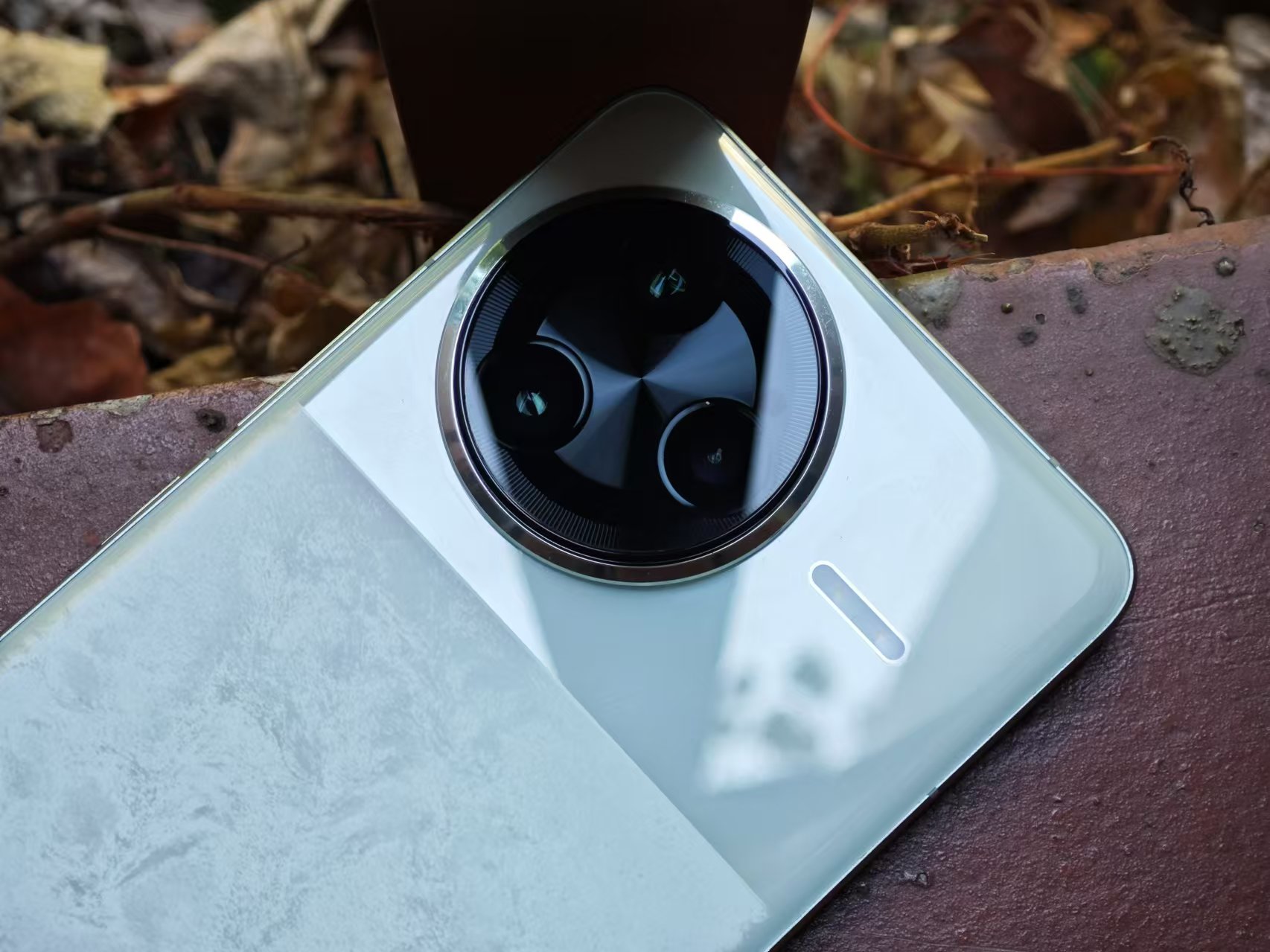
(Image source: Lei Technology)
The main upgrade for the main camera this time is the "High-Quality Lightning Quick Shot 2.0". The actual imaging effect is similar to the previous generation, with an overall bright image. Highlights are suppressed after processing, revealing more details; the resolution output in regular mode is still good, and the improved shooting speed allows you to capture wonderful moments of life faster.

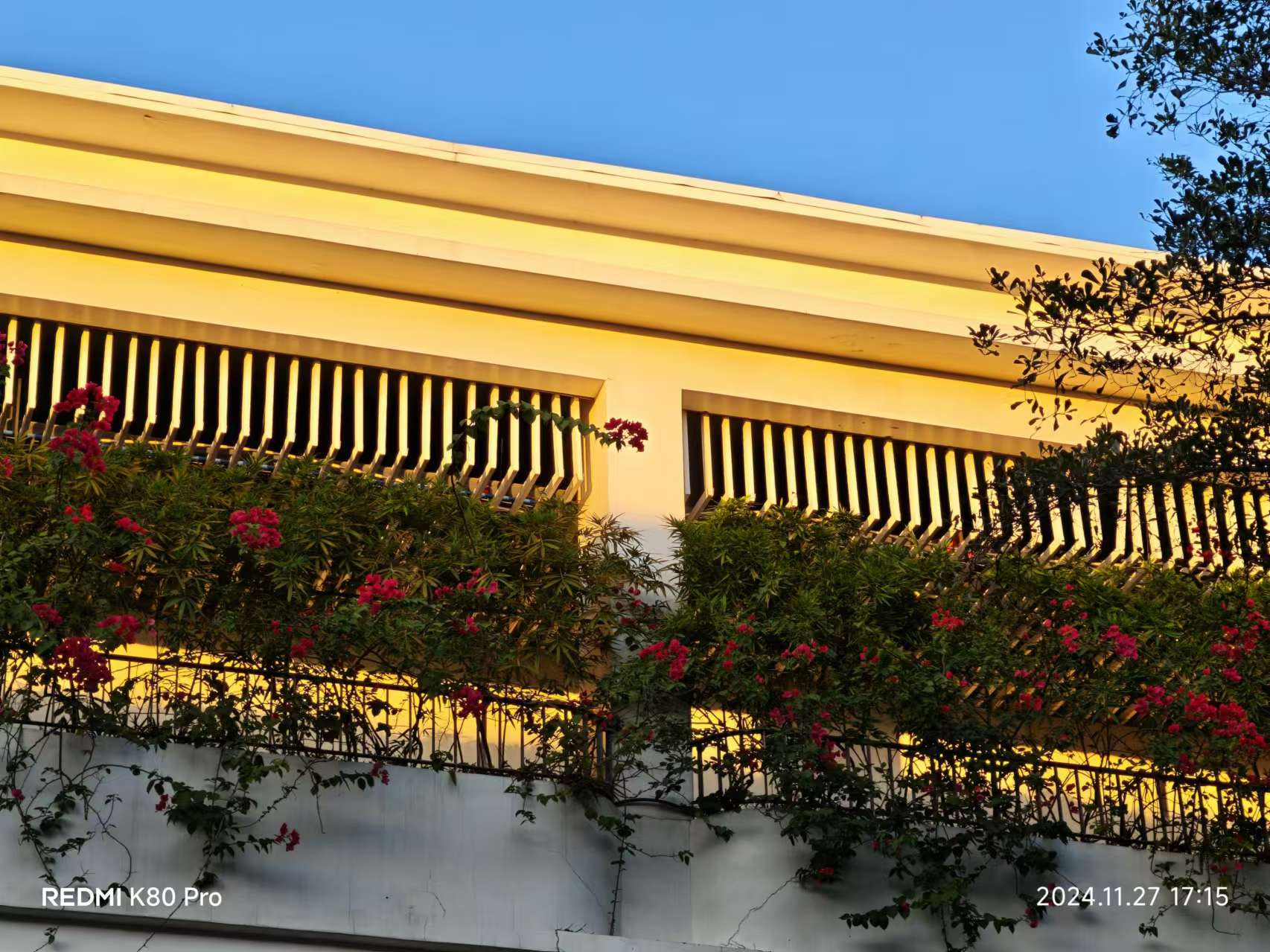
(Image source: Lei Technology)
At night, the K80 Pro's main camera still performs well, with an overall bright and clean image. Even when zooming in on the sky, no obvious noise is visible. Various light boxes and signs are well-handled in terms of highlights, and the camera has already optimized them within the shooting interface, with no significant overexposure visible in the preview.

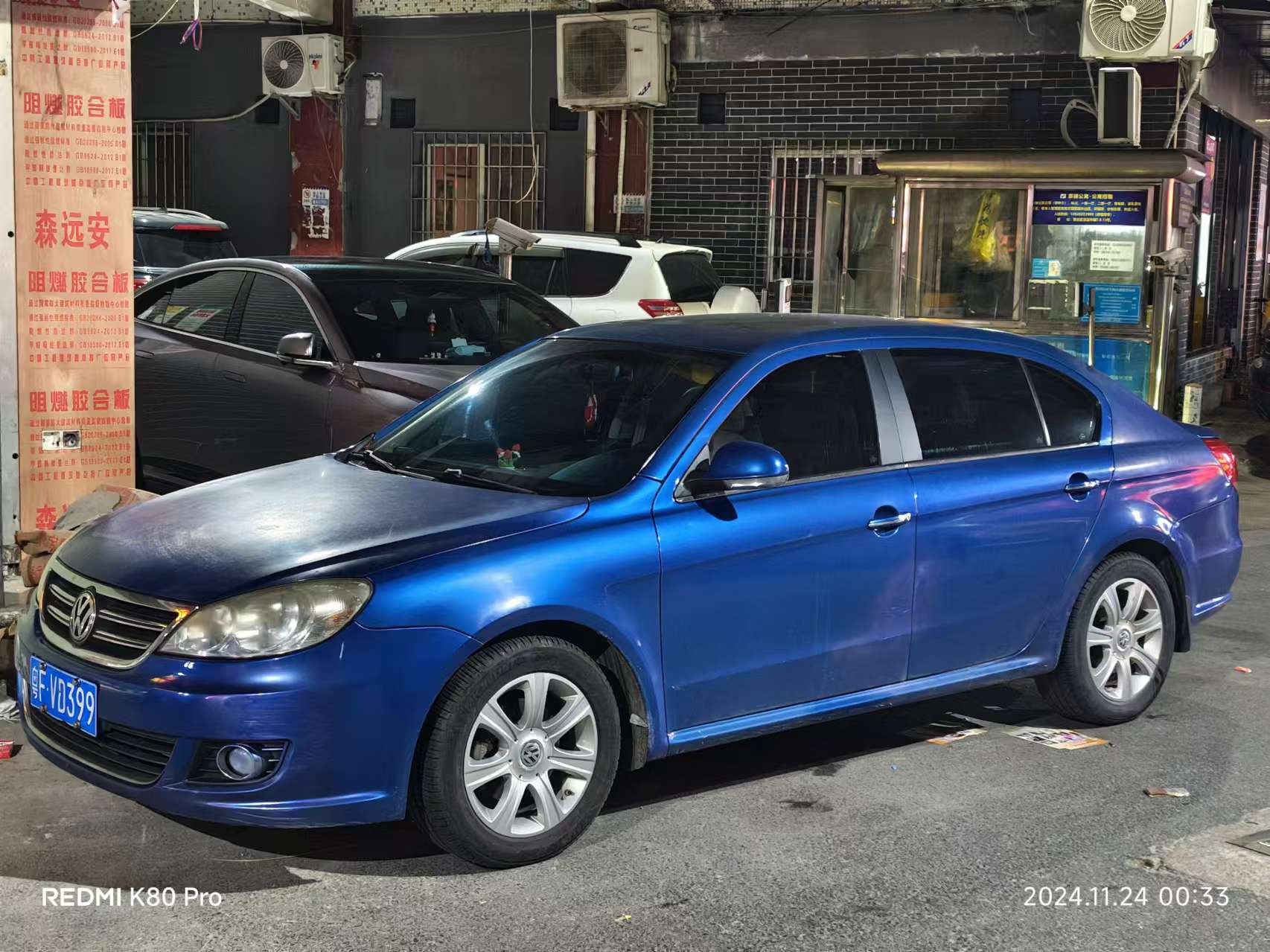
(Image source: Lei Technology)
When using the 2.5X telephoto lens, the overall imaging style remains unchanged, showcasing high dynamic range performance; at 5X zoom, details in the image are still well-preserved, but at 20X fusion, obvious AI artifacts become apparent.
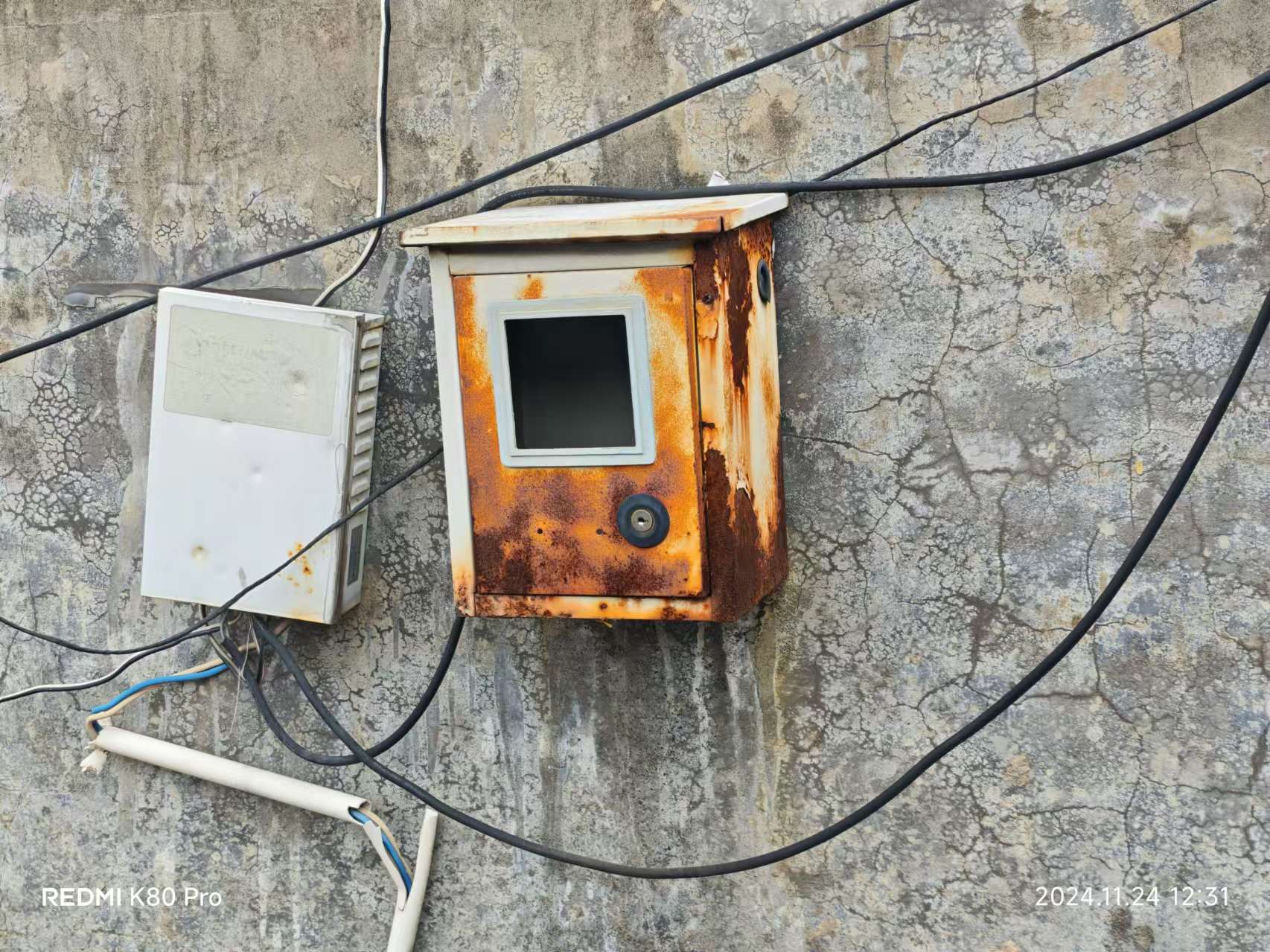
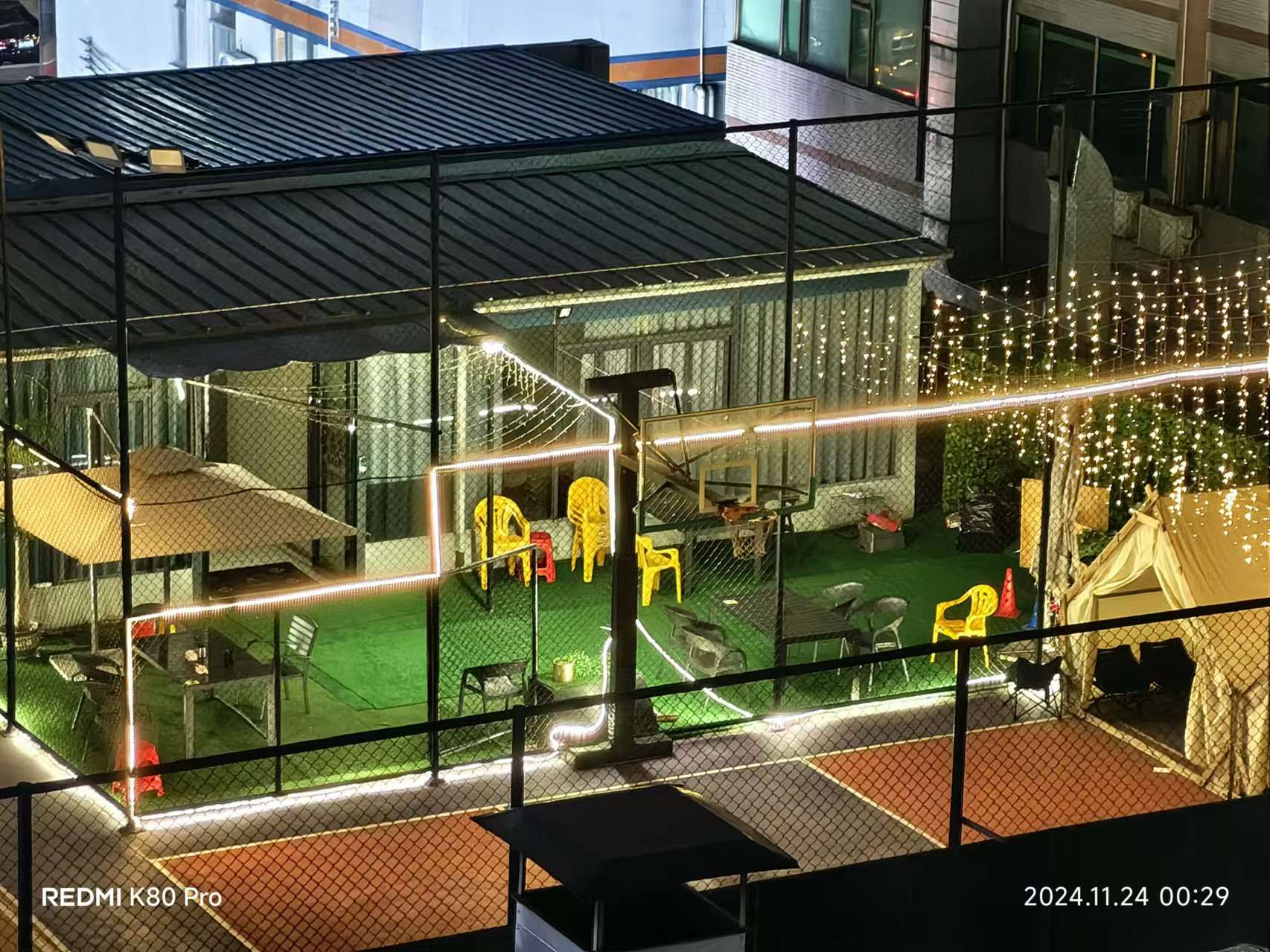
(Image source: Lei Technology)
The inclusion of a proper telephoto lens does fill the gap left by the K70 Pro, making the entire multi-camera system more complete. Additionally, the JN5's macro performance is quite good. While ensuring realism, it provides sufficiently accurate resolution for flower petals and leaves, with room for improvement in color rendering.
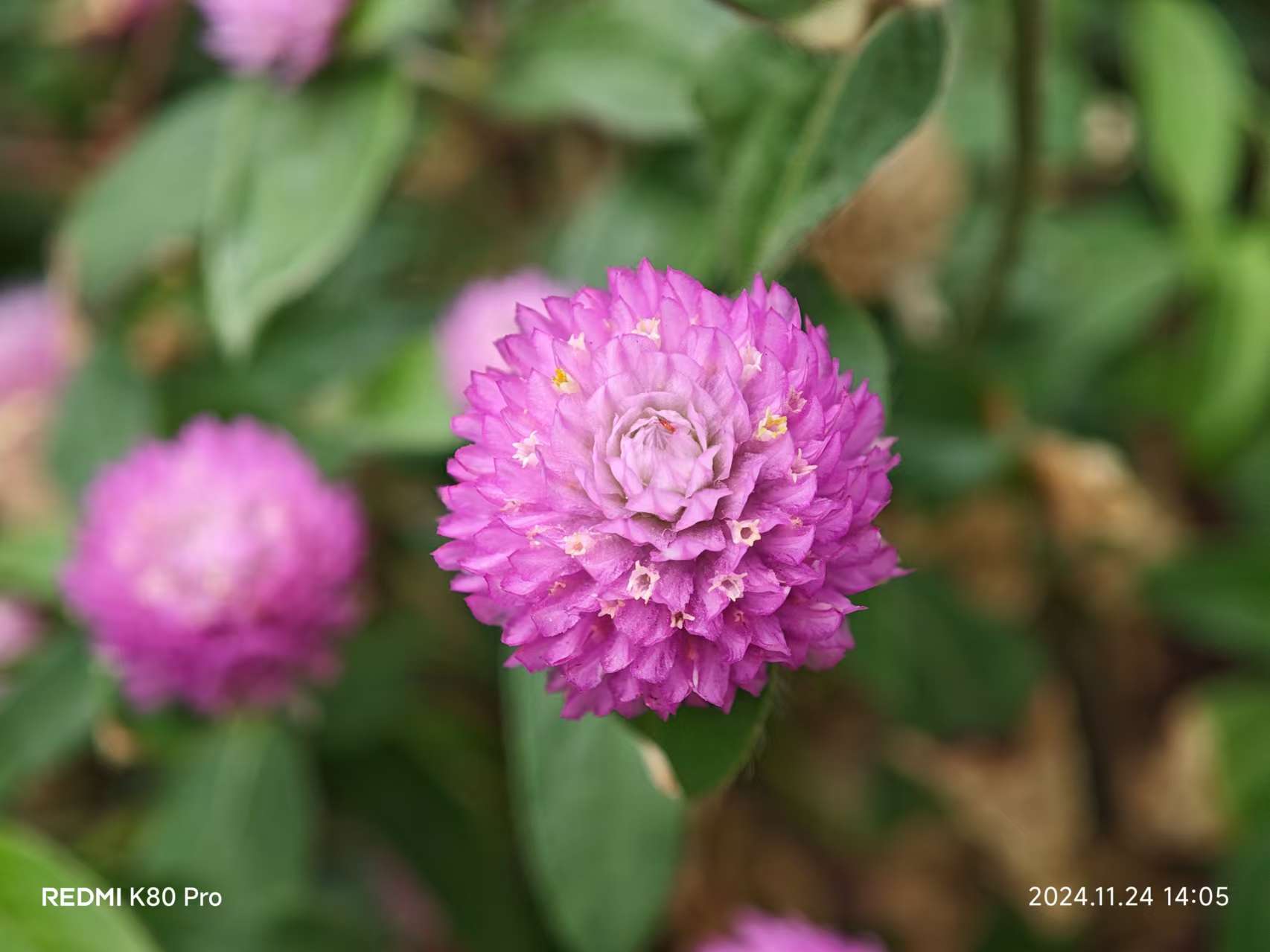
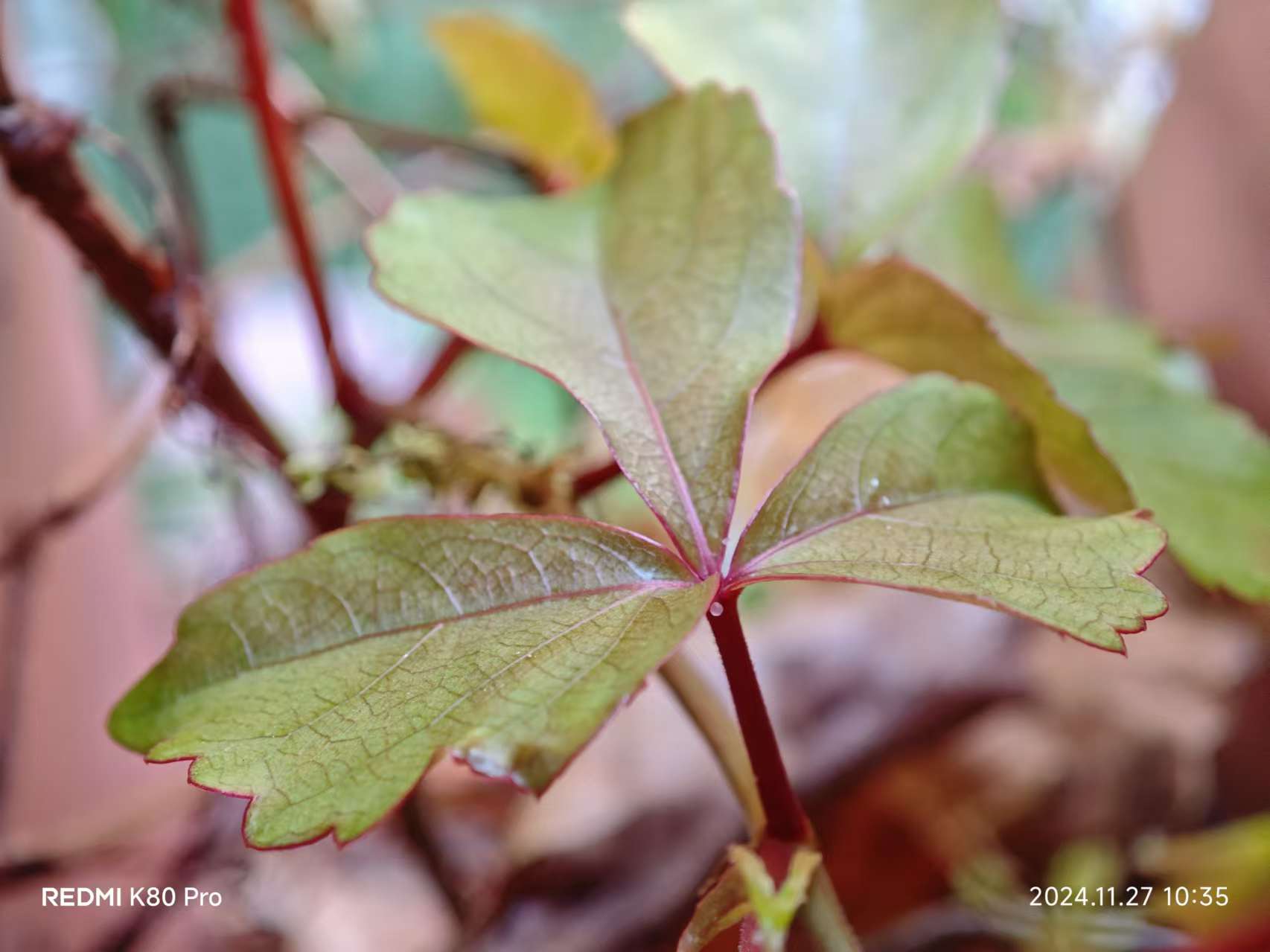
(Image source: Lei Technology)
Furthermore, the ultra-wide-angle camera has been upgraded from 12MP to 32MP. While night photography may still be a bit wanting, daytime shooting performance has indeed improved significantly.
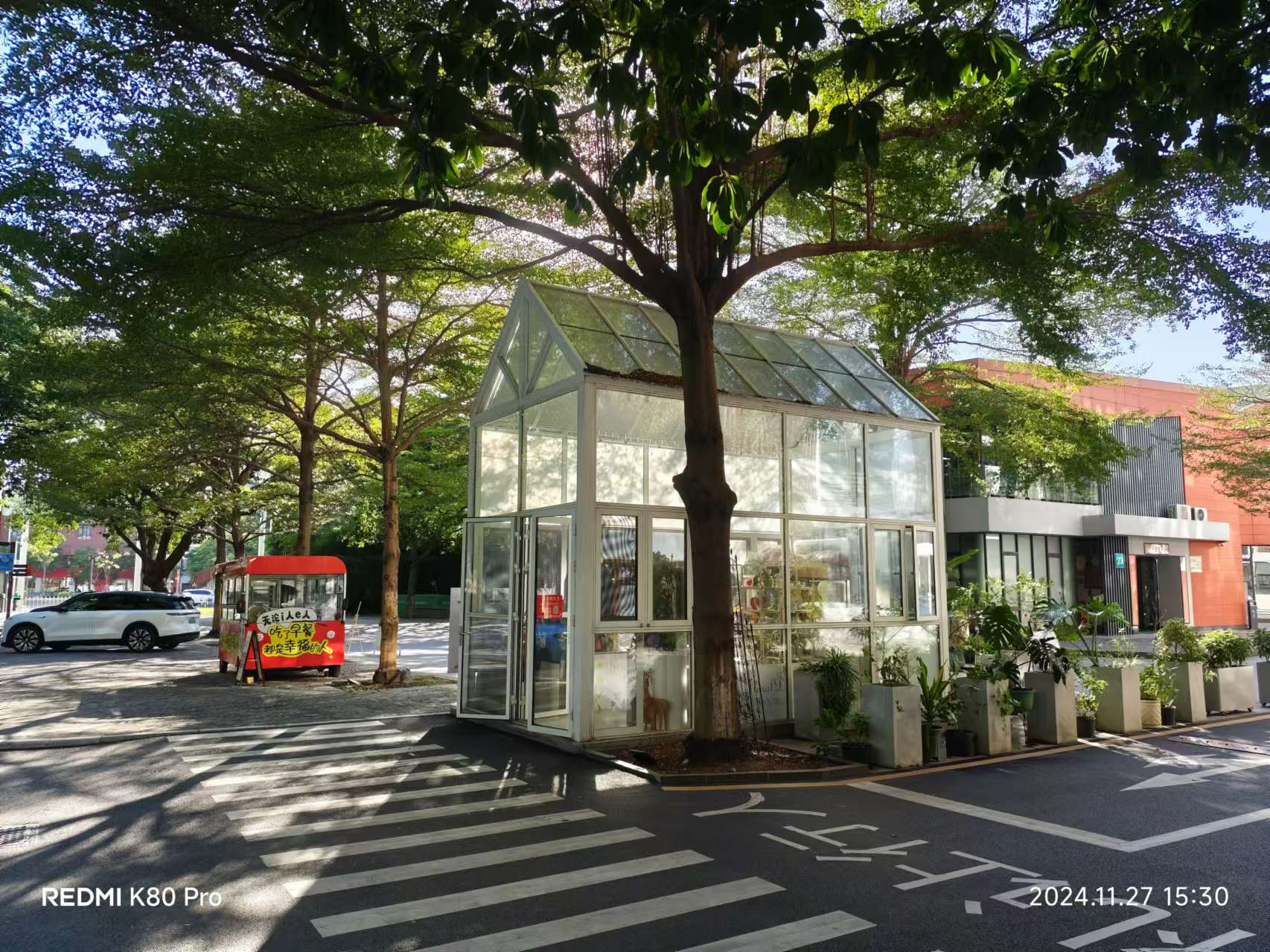
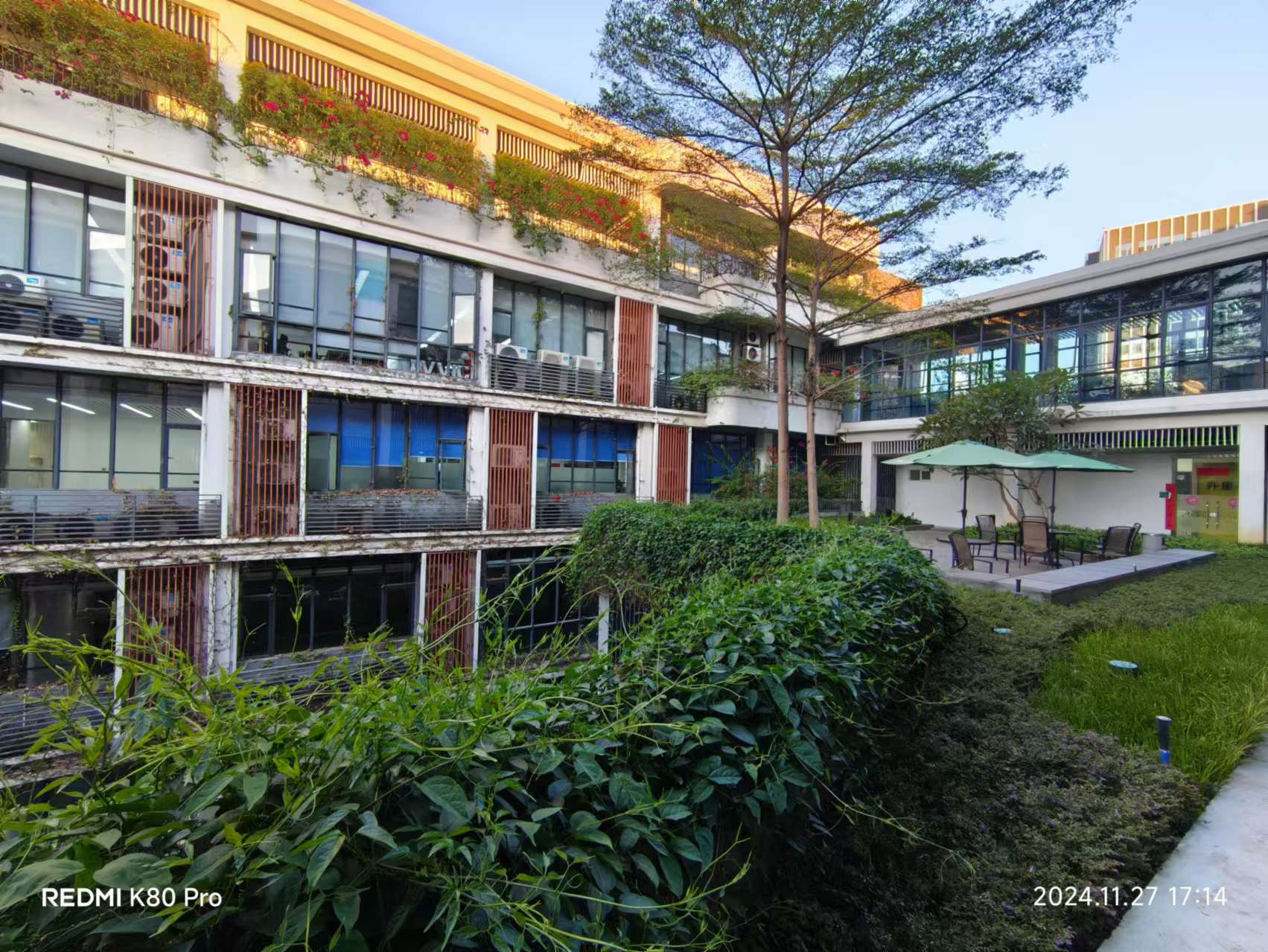
(Image source: Lei Technology)
From performance flagship to all-round flagship
As usual, here is a summary of the K80 Pro experience based on the Lei Technology review template:
Advantages:
1. Powerful performance release with excellent gaming experience;
2. 6000mAh+120W+50W, a complete battery life combination;
3. Upgraded 2.5X telephoto macro lens, making the multi-camera system more complete.
Disadvantages:
1. The 0809 motor vibration feels a bit weak;
2. Still the familiar 20MP front camera.
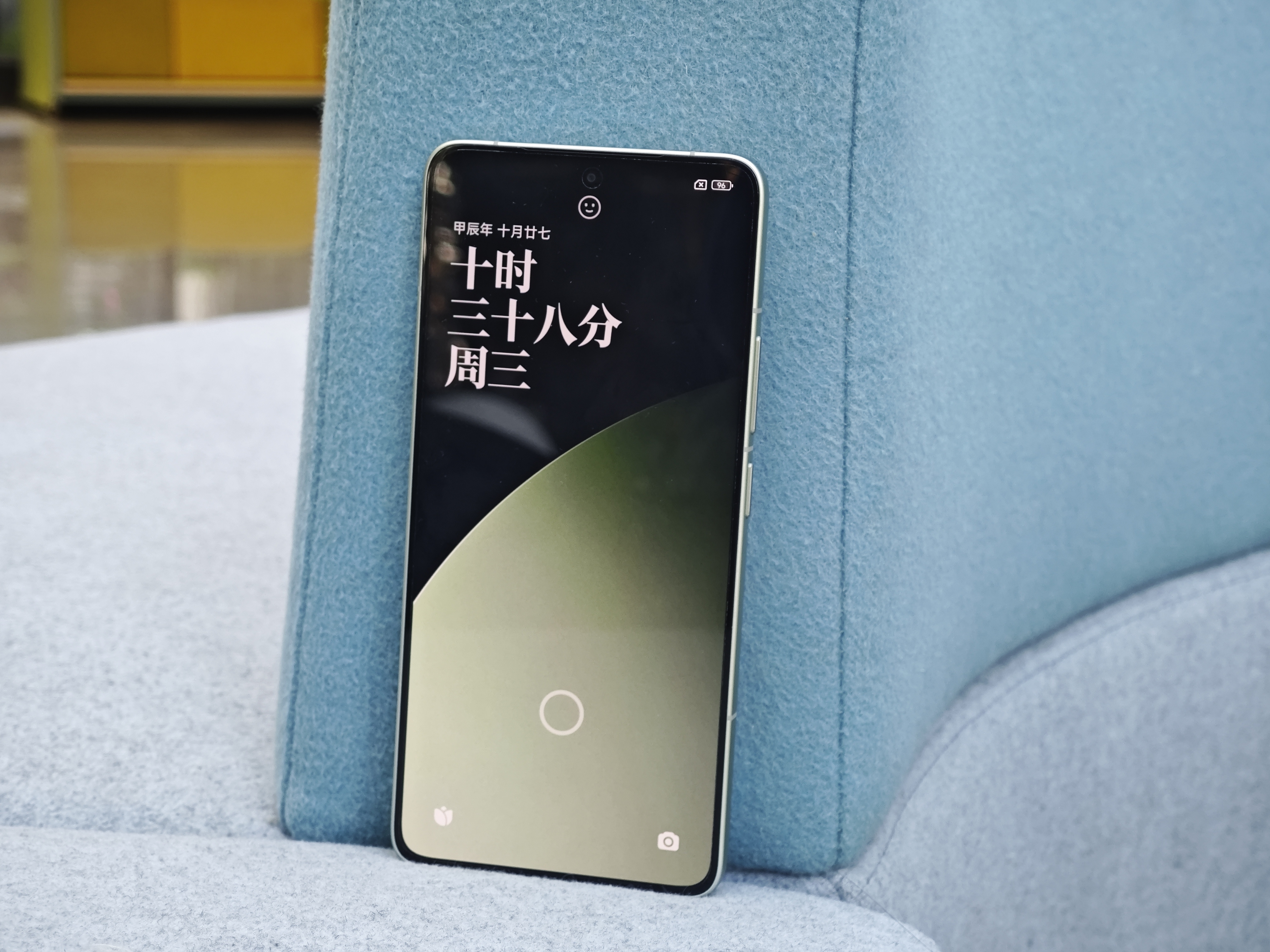
(Image source: Lei Technology)
Finally, let's look at the pricing:
K80 Pro:
12+256GB: ¥3699;
12+512GB: ¥3999;
16+512GB: ¥4299;
16+1TB: ¥4799;
Champion Edition (16+1TB): ¥4999;
K80:
12+256GB: ¥2499;
16+256GB: ¥2699;
12+512GB: ¥2899;
16+512GB: ¥3199;
16+1TB: ¥3599;
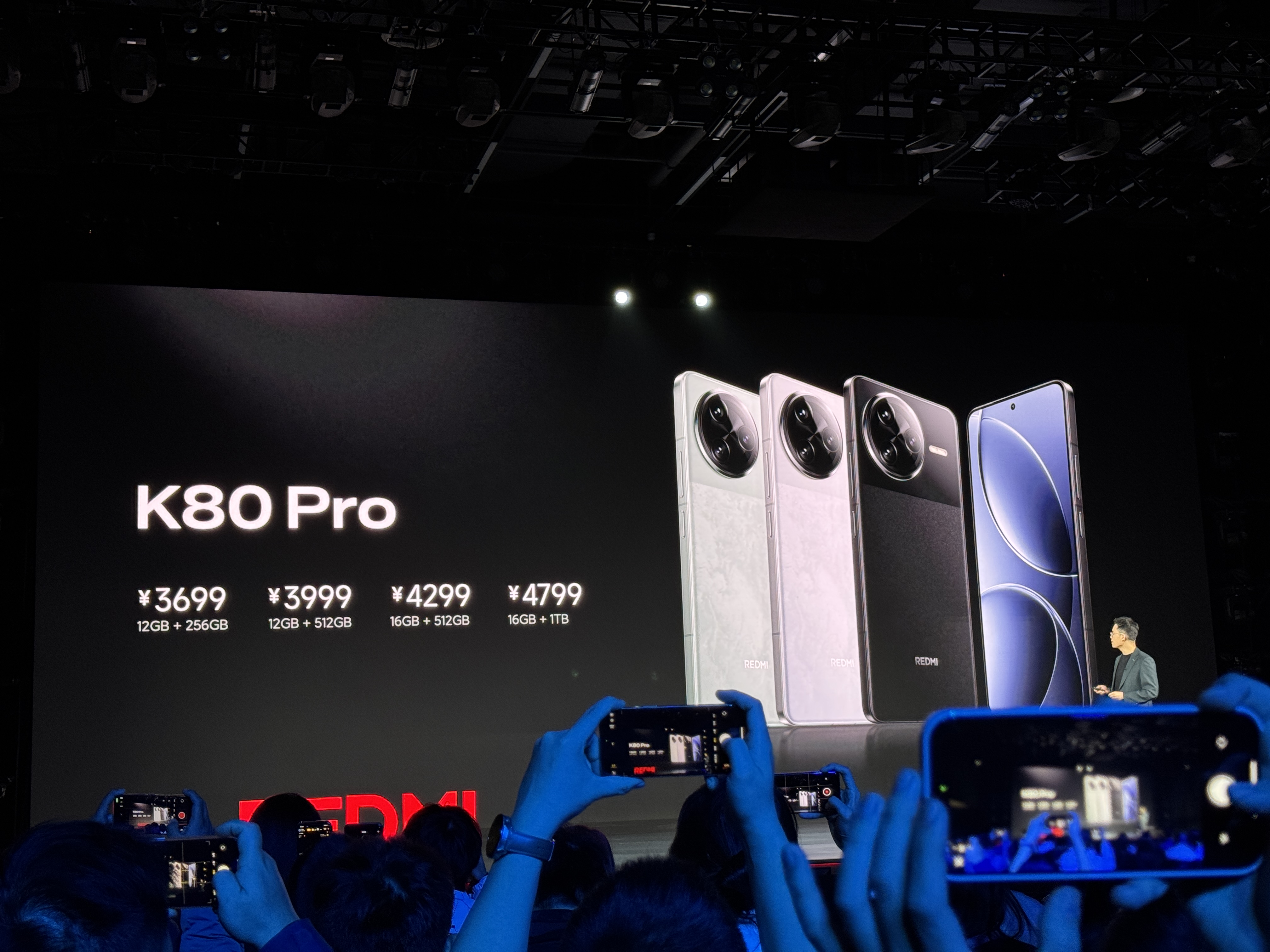
(Image source: Lei Technology)
For the REDMI K series, the K80 series represents an important upgrade that brings the entire series closer to being an all-round flagship.
In terms of appearance, the K80 series inherits the texture design of the Civi series, combined with Redmi's attention to detail on the back cover. The K80 and K80 Pro may not stand out in terms of appearance, but they appear more refined and delicate, offering a distinct texture.
Performance remains a strength, with the Qualcomm Snapdragon 8 Gen1+, independent graphics chip D1, LPDDR5X + UFS 4.0 storage combination, and other hardware, the K80 Pro solidifies its position as a "performance flagship" within the Redmi and Xiaomi product lineups. For users who prioritize phone performance and gaming experience, this is the K80 Pro's signature and trump card.
But that's not all. REDMI has addressed many of the shortcomings repeatedly mentioned by users in previous generations, replacing short-focus fingerprint recognition with ultrasonic fingerprint recognition, bringing back 50W wireless charging, and adding a proper 2.5X telephoto macro lens to make the K80 Pro's photography experience more complete.
At this juncture as REDMI moves towards its new decade, the K80 Pro may be a crucial factor in defining the brand's future.
Source: Lei Technology







